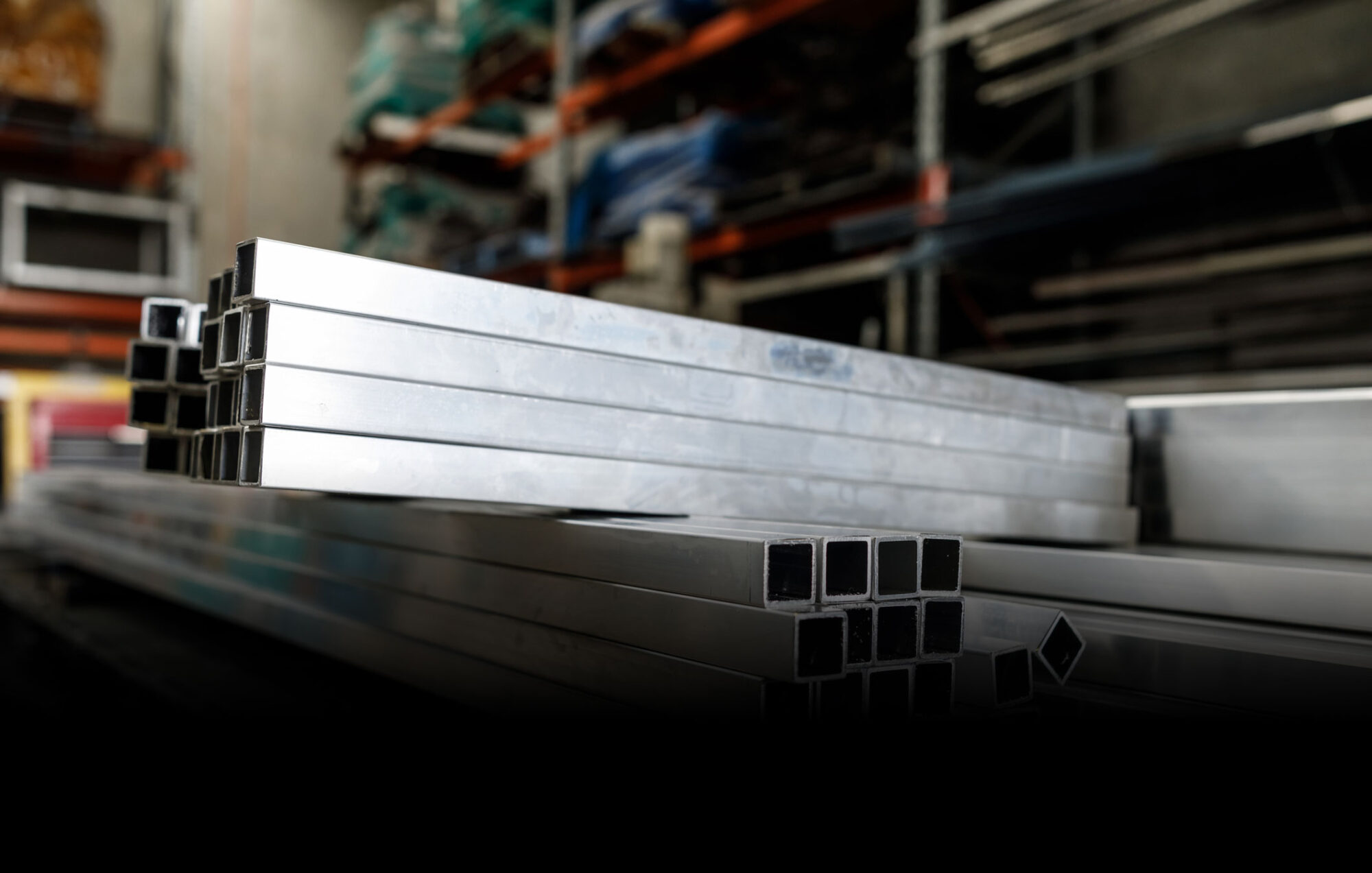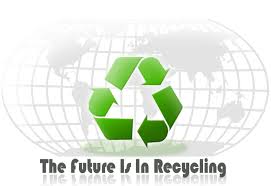Scrap Metal Recycling
All of us at some time have filled our recycling bins at home with plastics and other recyclable materials and felt we’re doing something to help the environment. The problem is, city or municipal recycling makes up less than half the products recycled in the United States every year. Scrap metal recycling comprises the majority of recycling and turns old metal into new products, and does it cost effectively and pays the person to do it. An abandoned car or broken refrigerator could end up as a teel beam supporting the bridge you drive across every day. Here’s how the scrap recycling process works:
- Metal fabricators buy material from mills or foundries to convert into usable metal forms.
- Manufacturers purchase the metal to make a product – electronics, appliances, automobiles, steel beams, and more. Scrap is often generated as a byproduct of the manufacturing process (this is called prime or industrial scrap).
- Companies and consumers purchase the product. At the end of the product’s life-cycle, it becomes scrap.
- Amcep Metals buys scrap from manufacturers, companies, and consumers and resells it to meet demand.
- The mill or foundry buys the processed scrap and melts it down to make new steel or metal.
Electronics Recycling Process
Electronics go through several steps before they are completely recycled. Each item is then assessed to determine if it has reuse value. Remaining electronics are disassembled and separated into their various grades such as circuit boards, plastics, and metals. The metals are sold to a mill or foundry just like other scrap. Circuit boards are shredded then smelted or refined.
Auto Parts Recycling Process
Most automobiles can be recycled for useable parts and components. After Amcep Metals purchases a car, it is inventoried and added to an online parts database. All autos must have a valid title. The parts are removed from the vehicle – either by Amcep Metals or the consumer at a pick & pull or pull & pay location – when they are sold. After the car has been stripped of all parts or the value of the scrap car exceeds the value of the remaining parts, the vehicle is crushed, shredded, and the resulting metals are sold to mills and foundries for melting.

